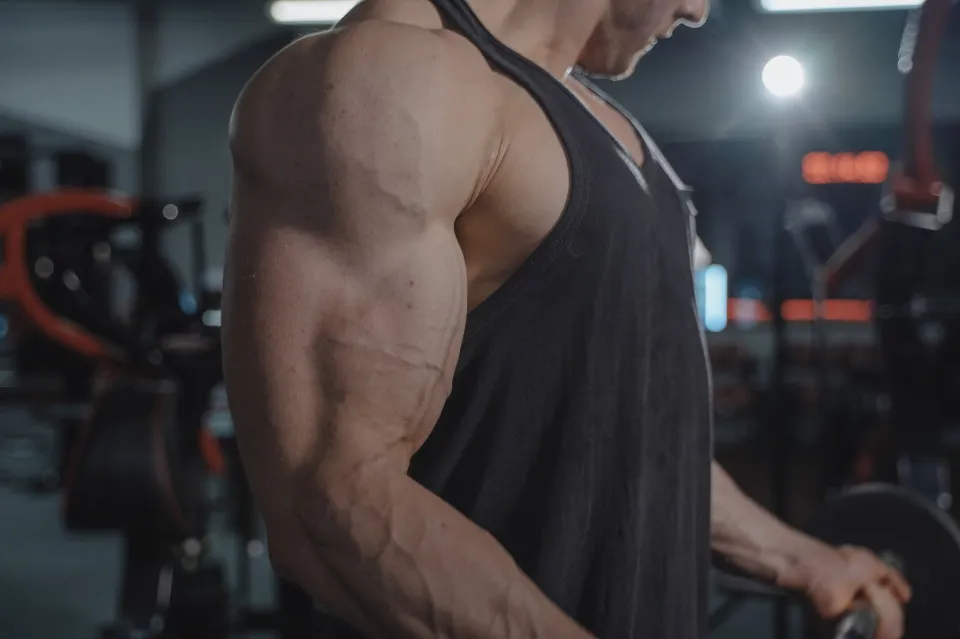
Best Exercises for Varicose Veins – Revitalizing Your Circulation
In addition to being unsightly, varicose veins can also be painful. Specific exercises can help if you’re looking for natural remedies to reduce the symptoms and encourage healthy circulation.
We’ll walk you through some of the best exercises for varicose veins in this article. These exercises target boosting leg muscle strength, enhancing blood flow, and lessening the visibility of varicose veins.
Join us as we investigate the revitalizing power of exercise and take charge of your circulatory health, whether you’re looking for preventative measures or ways to manage current symptoms.
What Are Varicose Veins?
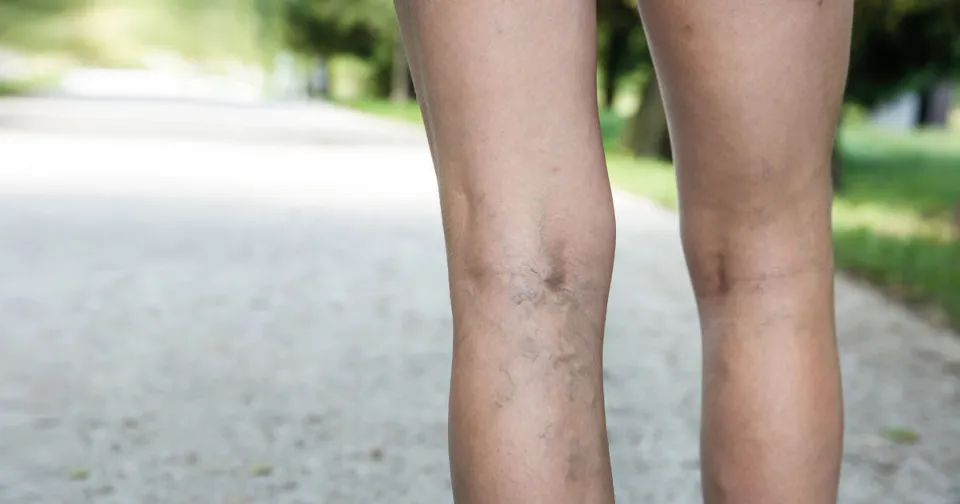
Varicose veins, which are most frequently found in the legs, are enlarged veins that protrude from the skin. As we age, they become more prevalent, but pregnancy can also influence how they develop.
Our veins return blood to the heart and lungs as it circulates through the body. The blood moves against gravity and is stopped from flowing backward by valves. Varicose veins develop when these valves become weak, a condition known as venous insufficiency. This condition is typically caused by general wear and tear over time. Blood can pool in the veins, causing them to bulge and rise closer to the skin.
How Does Exercise Help Prevent Varicose Veins?
Even though there is no way to completely prevent varicose veins, regular exercise can help lower your risk of developing them. Your blood circulation can be improved simply by regularly switching up your sitting or standing position, which helps lessen the amount of blood that swells your leg veins.
Your body’s capacity to pump blood back toward the heart up the leg can be improved with exercise. Additionally, it aids in maintaining a healthy weight, which reduces your risk of developing varicose veins. Low-impact sports like swimming and biking are also recommended in addition to walking.
What Exercises Prevent Varicose Veins?
Exercise can help prevent the progression of varicose veins and also reduce pain and discomfort if you already have them. Generally, low-impact exercises are best, and include the following:
Walking Or Running
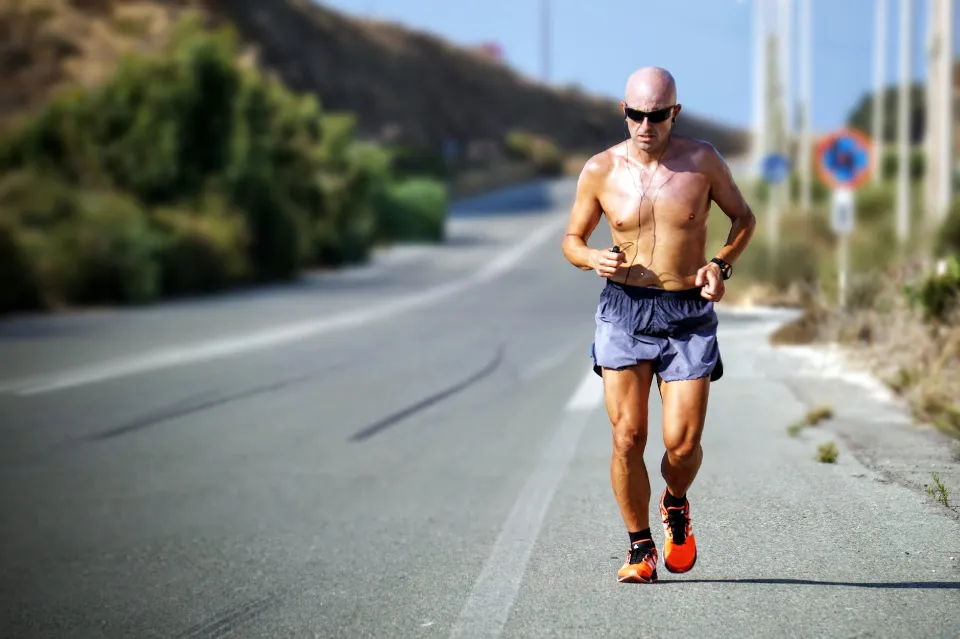
Even a short daily walk of 30 minutes, five days a week, can have positive effects. To reduce the strain on your joints while running, try to find a grassy area or a synthetic track.
Read More: Does Running Make Your Legs Bigger
Leg Lifts
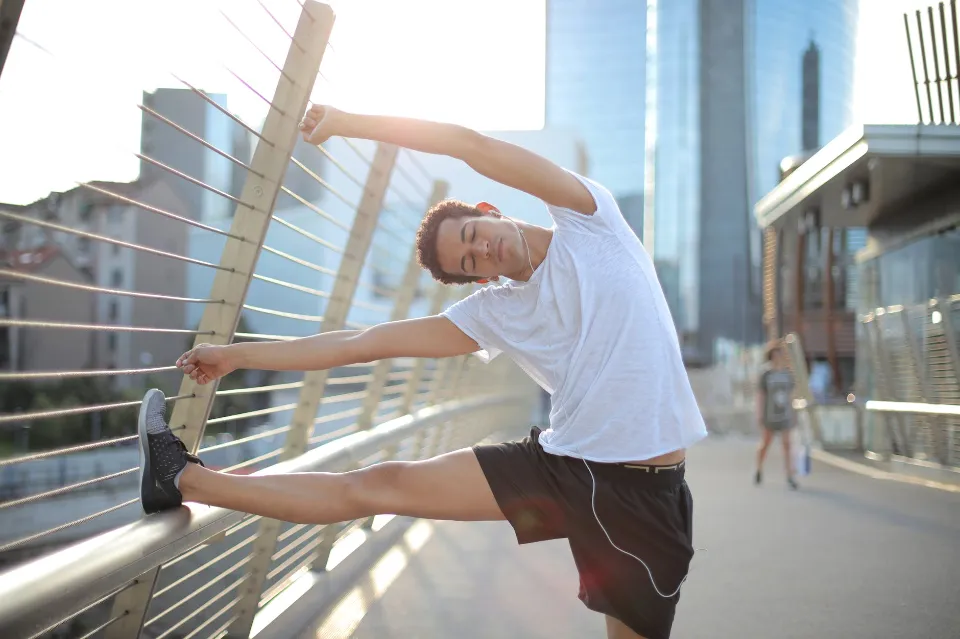
For maximum results, perform this exercise frequently. The good news is that this varicose vein exercise doesn’t call for any special equipment. Laying on your back and extending your feet straight out is how to begin your leg lifts. Legs should be raised one at a time, held aloft. Repeat with the opposite leg as you gradually lower it.
Bicycling Or Bicycle Legs
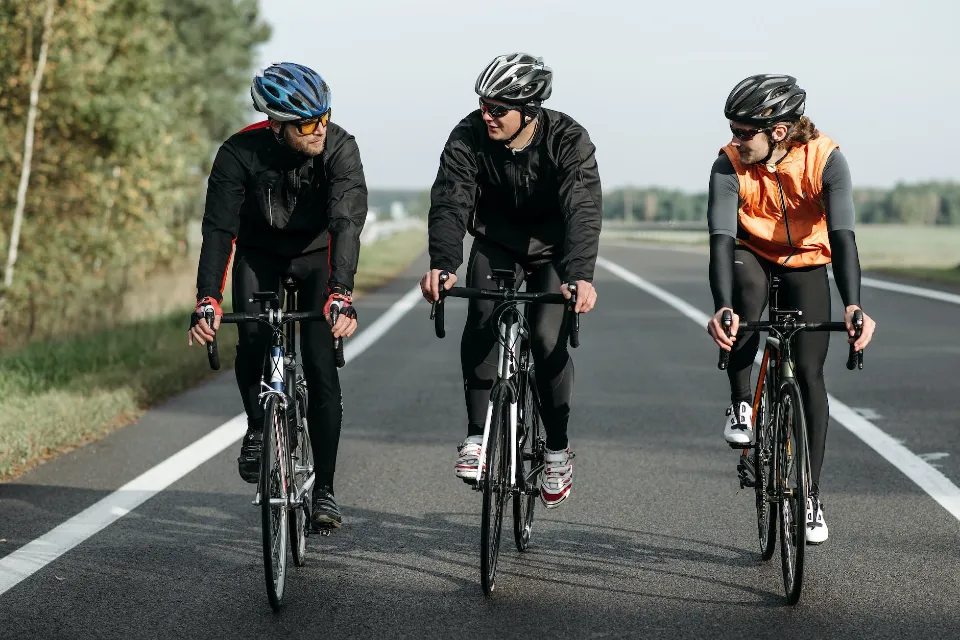
It’s also beneficial to ride a bike or a stationary bike. By making your calf muscles stronger, you can better pump blood out of your legs and maintain its proper flow. Try this exercise for the legs on a bicycle if you don’t have access to any type of bike. Bend your legs at the knees and raise your legs in the air while lying on your back. As if you were riding a bicycle, slowly pedal them. Alternate between using each leg individually or both at once.
Lunges
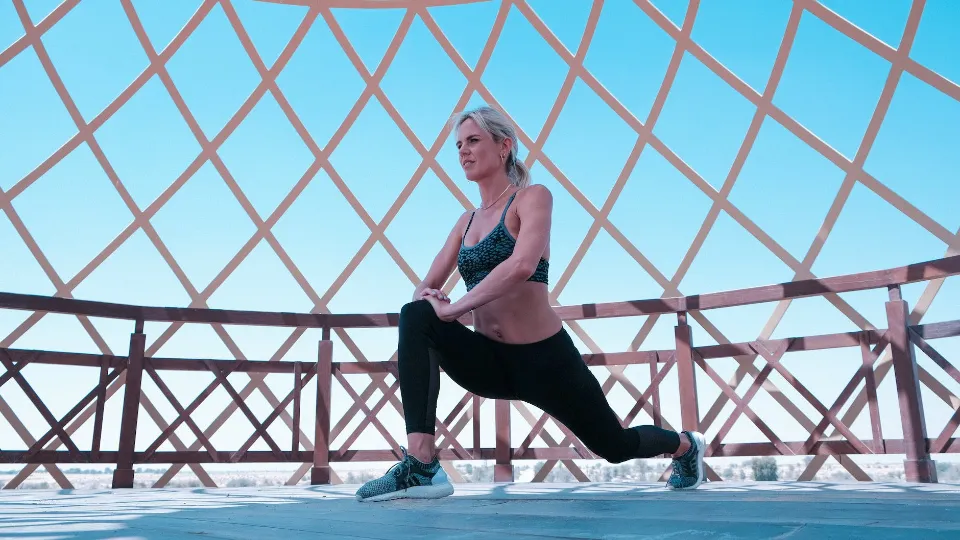
Your heart receives more blood when you exercise your legs. In order to prepare for the crucial task of pumping blood throughout your body, that makes your heart work harder. Put your legs apart and stand up straight to perform a proper lunge. Be sure to keep your knee directly above your ankle as you slowly advance, bending it as you go. Hold it, then take a slow step back to your starting position while straightening your leg. Repeat with the other leg. Step up onto your toes while standing with your legs straight, then step back down. Repeat.
Read More: How to Prevent Ankle Pain After Running
Rocking Your Feet
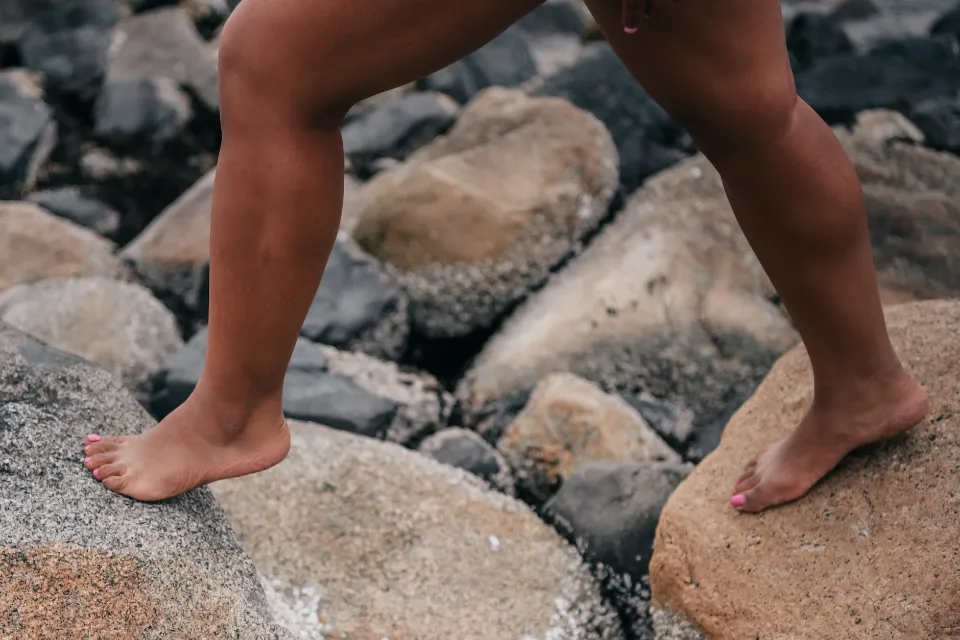
Similarly to calf raises (described below), rocking your feet can help to build stronger leg muscles, which are crucial for circulation. Then, as an added bonus, it can assist you in strengthening your balance! Are you prepared to try it? Rock your feet from heel to toe whether you’re sitting or standing. This can be done whenever you want and is beneficial if your health prevents you from trying other forms of exercise.
Other Vein Health Exercises to Consider
Venous leg ulcers, which are difficult-to-heal sores that appear on your legs as a result of damaged capillaries and lymphatic ducts as well as a deficiency in oxygen in your lower legs, can occur if you have chronic vein disease. Again, the lack of oxygen getting to your lower limbs causes ulcers to be difficult to heal once they form.
Thankfully, controlling your vein disease with doctor-approved exercise can help prevent you from getting ulcers. And if ulcers have already developed, new research indicates that some exercises could hasten your recovery!
Exercise to Avoid With Varicose Veins
Even though exercising can be very beneficial, you should avoid pushing your body and the veins in your legs too hard.
- Avoid Lifting Weights – Your legs and veins may become enlarged and worsened as a result of the pressure that lifting weights puts on them.
- Avoid Squats and Lunges – Both exercises put pressure on the vein walls, despite the fact that they can both help with varicose veins. Avoid or cut back on these exercises.
- Avoid Excessive Running – Up to a point, running can help with varicose veins, but if you run on flat terrain or exert too much physical effort for too long, your condition may get worse. When planning to run while suffering from varicose veins, exercise caution and consult a physician.
Is Exercise Good for Varicose Veins?
Yes, physical activity helps with varicose veins and can stop them from getting worse. Even though varicose veins may not be curable, exercise is essential for preventing venous insufficiency. Additionally, it assists in enhancing blood circulation, which facilitates more efficient blood flow throughout the body and strengthens the vein valves.
How Long Should You Exercise With Varicose Veins?
While leading a healthy lifestyle and remaining active are important, you must be careful not to overdo it. Here are some general guidelines for exercising with the condition:
- On the majority of days of the week, begin slowly for at least 30 minutes.
- Before beginning your workout, make sure to warm up.
- Make sure to choose low-impact activities that won’t tax your legs too much.
- Avoid any activities that could put more strain on your veins.
- To lower the risk of injury, dress comfortably and in supportive footwear and clothing.
- If you begin to experience any discomfort or pain, pay attention to your body and stop exercising immediately.
Before beginning any exercise program, discuss with your doctor your concerns about exercising while having varicose veins. They can assist you in developing a personalized, safe, and effective exercise plan that will meet your needs and help you stay safe while working out and get the most out of your workout.
Can Varicose Veins Be Cured With Exercise?
Varicose veins cannot, unfortunately, be cured by exercise. Therefore, even though exercise cannot completely cure varicose veins, a regular exercise regimen can help reduce the symptoms of varicose veins and stop the condition from getting worse. Exercise can also improve blood circulation throughout the body, lowering the risk of varicose veins and maintaining overall vein health.
Exercise might not be sufficient to get rid of severe varicose veins. You ought to discuss your options for treating your veins with your doctor in this situation.
How to Cure Varicose Veins Permanently?
If you want a long-term cure for your varicose veins, conventional surgery might be your best option. Vein ligation and stripping is the most widely performed traditional procedure for varicose veins.
However, vein ligation and stripping, which are typically reserved for the most severe cases of varicose veins, are invasive procedures that may necessitate hospitalization. The procedure entails tying off the veins above and below the varicose vein, followed by the removal of the vein’s entire length. It has been demonstrated that the traditional surgical procedure removes varicose veins in the legs.
Radiofrequency and laser ablation, on the other hand, have been proven to be equally effective as stripping treatment approaches if you want to avoid surgery and are looking for a minimally invasive procedure. Radiofrequency and laser ablation are superior to traditional stripping surgery in terms of less postoperative pain and a quicker recovery time, in addition to being equally effective.
Speak with your doctor about your varicose veins if you are worried about them and want to learn about your treatment options. Based on the severity of your condition, they will be able to suggest the best course of action for you.
Conclusion
Even if it’s only a cosmetic problem, varicose veins can be bothersome because they can make you feel heavy and painful. You have a number of self-care options at your disposal, but surgery is the only way to obtain permanent treatment. You can make doing these exercises a regular habit to ward off varicose veins in the first place.




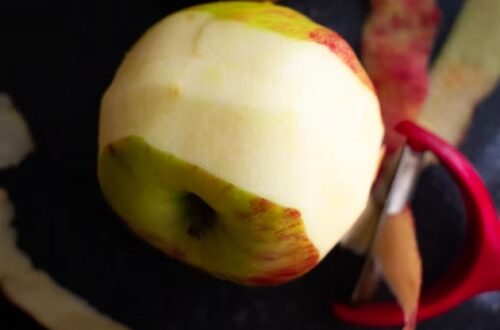
Average Rating